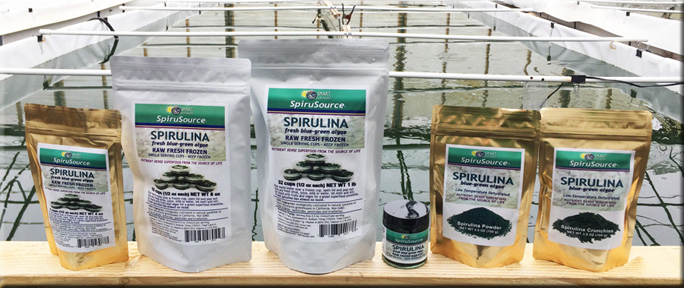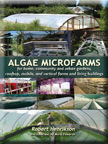Scalable Microfarms
Scalable Algae Microfarms Linked By Remote Sensing and Operating Systems
More interest in smaller, scalable business models is emerging. Evolving from projects in developing world villages, algaepreneurs in France have been growing spirulina algae in small outdoor greenhouses. Along with outdoor pond systems, much algae R&D is focusing on bioreactors designed to grow more challenging algae under more controlled conditions. Automated smart technology combined with modular growing systems may soon make it feasible to successfully deploy algae microfarms and photobioreactors anywhere in the world without onsite expert personnel.
[portfolio_slideshow id=682]
Over the past 30 years, worldwide algae companies have produced high value food and feed products, supplements and nutraceuticals. More recently, well-funded ventures are attempting to develop commercial biofuels. These will require huge investments to achieve necessary economies of scale. Large scale business models require algae experts and PhDs on location, with expensive staffing and sophisticated infrastructure.
Many experts envision huge centralized algae farms producing food and energy on a vast scale. But others see networks of smaller farms. Ecological communities can combine algae and aquaponics with organic gardens. Local food production avoids costs of transportation fuels and multi-level distribution along the value chain in the current food system. A higher portion of the value of locally grown food is returned to the grower, encouraging local food producers, creating greater income equality and local self-sufficiency for a more just and stable society.



 SPIRULINA
SPIRULINA